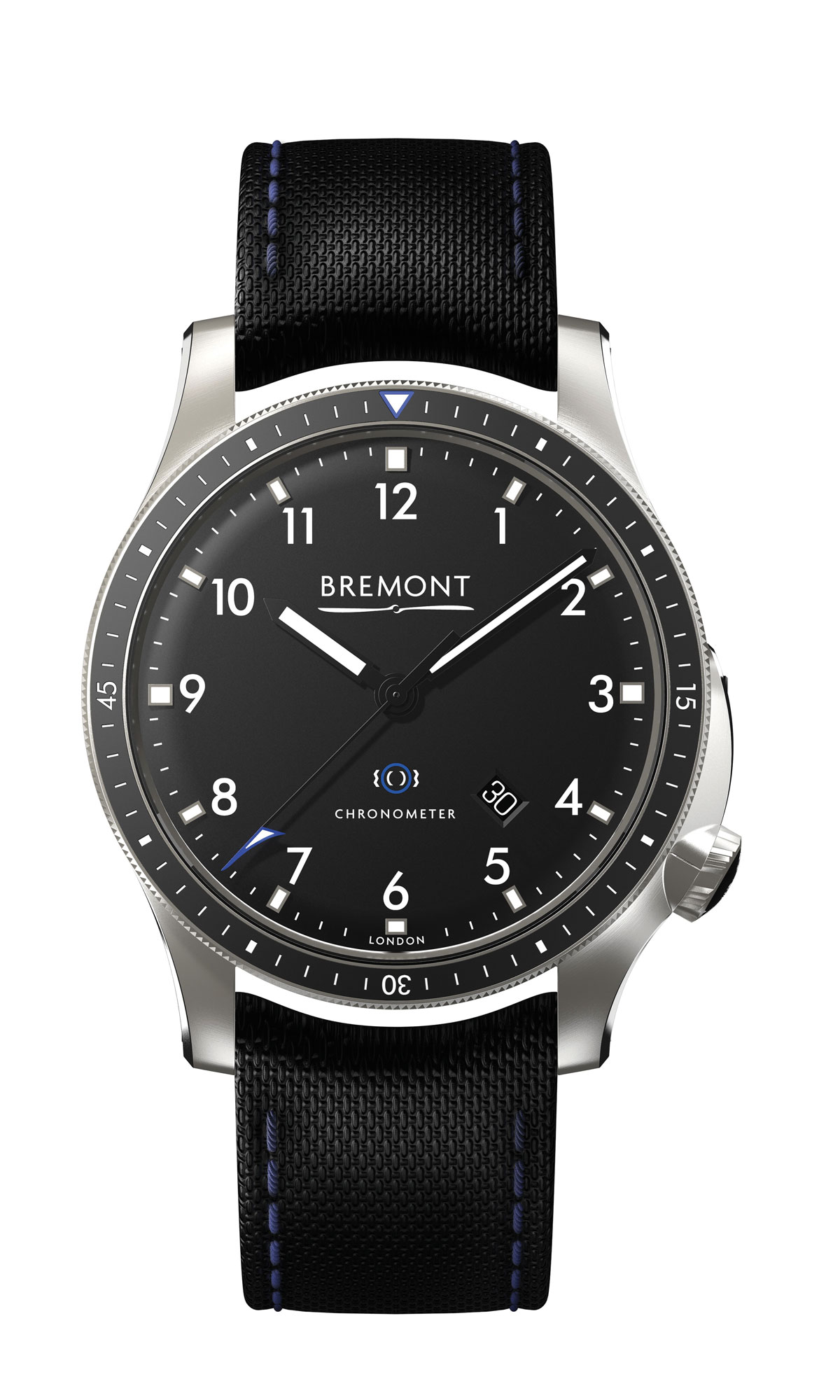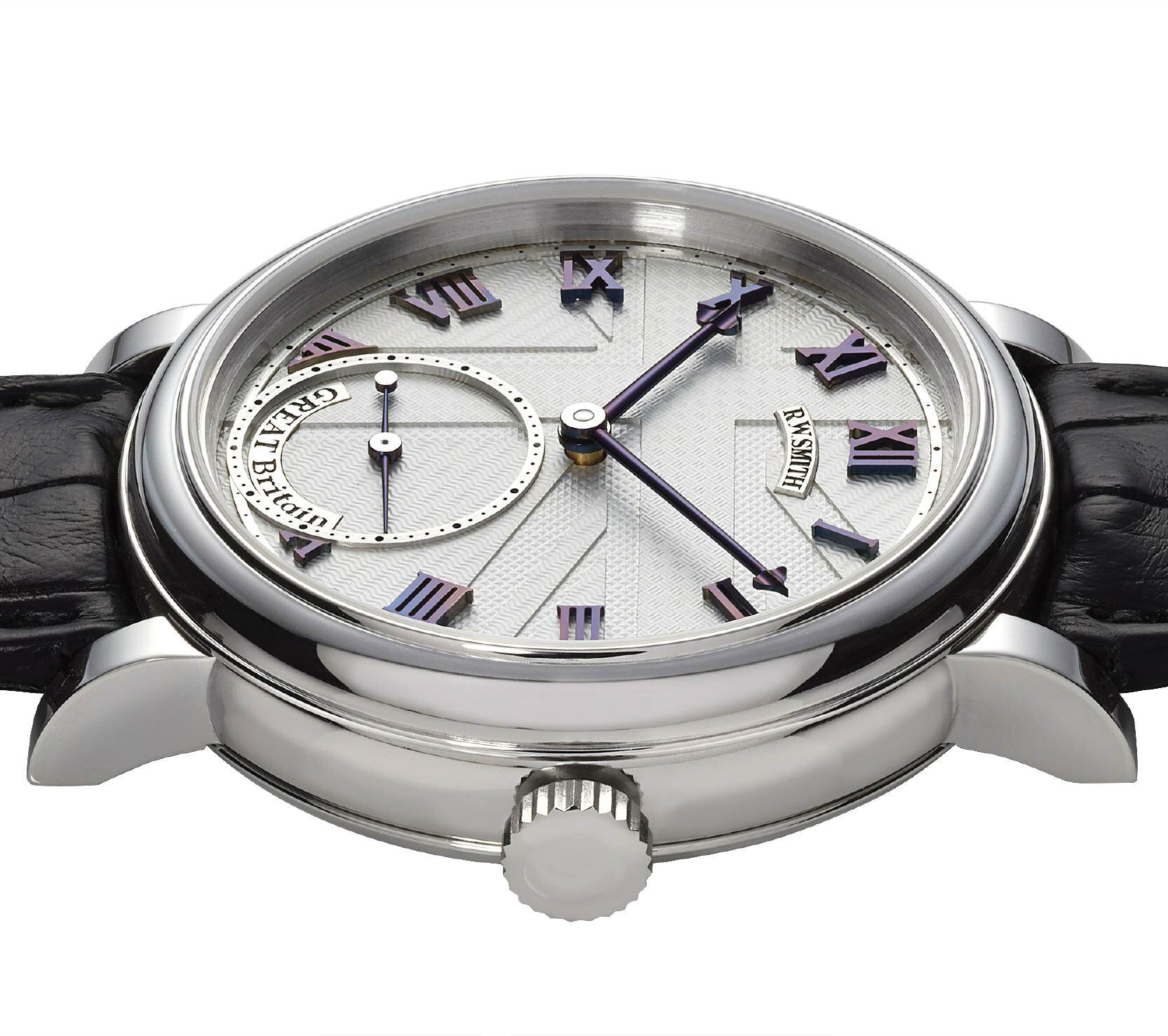LONDON’S BRITISH MUSEUM maintains one of the most interesting exhibitions of watchmaking in the world. This should come as no surprise, for England was once an important center of precision watchmaking.
Building on the work of Robert Hooke and Christiaan Huygens with pendulums and balance springs, Thomas Tompion (1639–1713) — today known as the father of English watchmaking — kicked off the earnest search among British watchmakers for a reliable escapement, the all-important movement component that portions the energy into usable bits to keep the beat. He was joined by famed historical watchmakers like George Graham (1673–1751) and Thomas Mudge (1715–1794).

In 1714, British Parliament announced the Longitude Act, a call to action for a better way to measure longitude. This decree begat the marine chronometer, with self-taught clockmaker John Harrison (1693–1776) presenting his legendary H1 “sea clock” in 1735, followed by the H4 pocket watch in 1761.
John Arnold (1736–1799) and his son, along with their rival, Thomas Earnshaw (1749–1829), consequently made simplified marine chronometers in larger quantities. After his father’s death, John Roger Arnold of Arnold & Son took on partner John Dent — who would go down in history for his 1852 commission of Big Ben.
The Isle of Man boasts more recent advances in watchmaking: John Harwood patented the automatic winding wristwatch in 1923. George Daniels — regarded as the greatest living watchmaker until his death in 2011 — was the inventor of Omega’s co-axial escapement. His only apprentice, Roger Smith, continues the classic English style of watchmaking, also using the co-axial escapement in his fully bespoke watches.
Today, Britain is experiencing something of a revival in high-quality, low-volume timepieces, including independent watchmakers John and Stephen McGonigle of Athlone, Ireland; Peter Speake-Marin, whose workshop is now located in Switzerland; Stephen Forsey, who partnered with Frenchman Robert Greubel to form Greubel Forsey; legendary English horologist Peter Roberts; and quintessential “city” watchmaker Robert Loomes, to name just a few.
The biggest British success story of this new millennium is Bremont. Brothers Nick and Giles English have created an authentic, interesting brand based on robust, well-designed, aviation-inspired sports watches, limited editions infused with meaningful bits and elements of English history and a desire for quality that brings them a step closer to manufacturing their own movements every day. Recently, Bremont even announced support of the British School of Watchmaking in nurturing home-grown horological talent — which is sure to benefit its own not-too-distant future.









